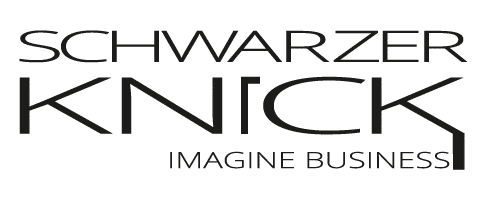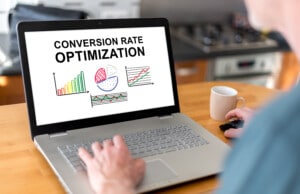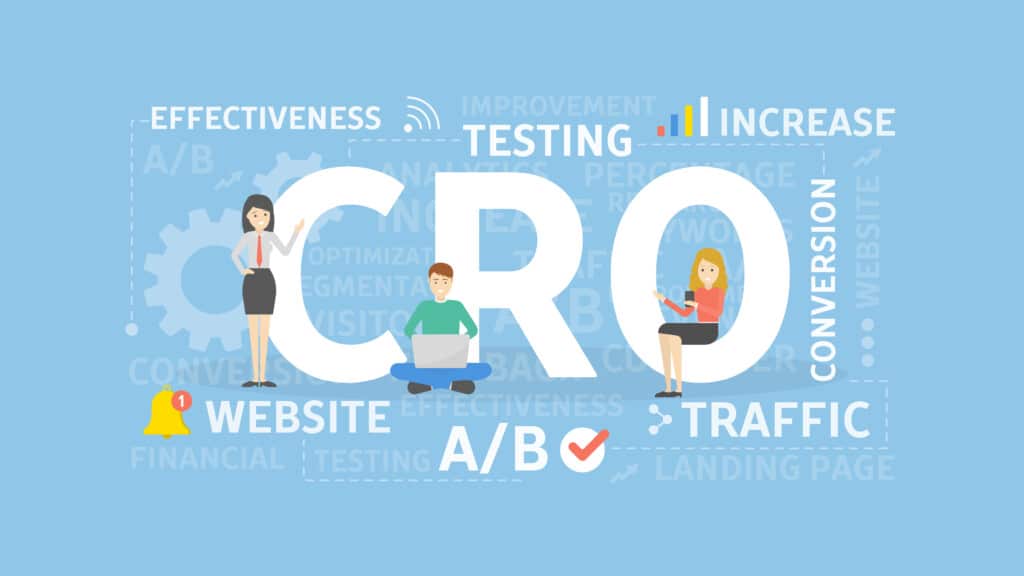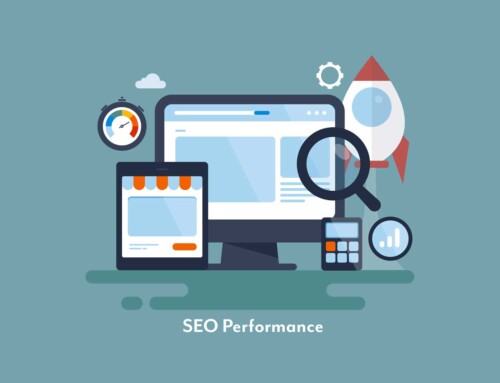Everything you need to know about conversion rate!
Everything you need to know about conversion rate!
Having your own website is a must for any business these days. But a website alone does not bring new customers, nor does it increase sales. To do this, some components have to be coordinated with one another. One of these components is conversion optimization.
In the following article we explain conversion optimization and how you can use it to increase your sales.
Conversion optimization: definition of terms
The conversion of a website user into a customer is referred to in marketing as a conversion. When this change happens depends entirely on your company. If you run an online shop, the conversion usually consists of a user of your website placing an order in your shop. If you do not sell products but offer services, the conversion can consist of them contacting you to arrange an appointment.
The transformation begins when the user becomes active. This can be a newsletter registration, filling the shopping cart or filling out the contact form. Actions like these are called conversions. Optimizing this is one of the most important tasks of many online marketers.
Conversion optimization refers to all measures that get users of your website or landing page to take an action and increase sales.
conversion rate
The conversion rate is a percentage of how many users make a conversion. If 2000 people visit your website and 40 of you make a purchase from your online shop, the conversion rate is 2%. The conversion rate can be used to determine the extent to which the website is fulfilling its purpose. However, a conversion rate of 60% and higher is unrealistic.
Conversion rate optimization
There is no conversion rate optimization measure. A combination of different measures with different effects is necessary to optimize the conversion rate. We present the best approaches to improve your conversion rate.
First, the existing data should be analyzed. The inventory data form the basis of the conversion analysis. The data can provide information on which pages of your website the conversion rate is satisfactory and on which sub-pages this can still be improved. If the data analysis does not provide any information about the conversion, a different approach must be chosen.
User Research Method
The user research method can reveal needs, motivation and the barriers of your website. The results of these methods can help improve the user experience. Will the results be developed past the users? The user research method identifies the specific benefit that users expect from the website. There are 4 user research methods to optimize conversion. These include surveys, interviews, observations and focus groups. The results are analyzed by experts and hypotheses are made.
formation of hypotheses
After the inventory and the user research, hypotheses can be formed from the collected data. These should include the description of the problem, a proposed solution and the expected result. The hypotheses are based on the results of user research. These are merely assumptions that are confirmed or disproved by test procedures.
test procedure
In order to confirm or refute the previously formulated hypotheses, different test procedures are carried out. The most well-known testing method is A/B testing. With this method, two websites with the same corporate goals are compared and the behavior of the users is analyzed. Website A differs only minimally from website B in terms of the hypotheses. If both websites have collected sufficient user data, the hypothesis can be confirmed or disproved.
Measurement
Once the test procedure has been completed and new features have been implemented on the website, the conversion rate can be measured again. The conversion rate should now be higher than before the optimization.
The conversion rate optimization process is never complete. The technology as well as the user requirements for a website are constantly evolving. Once the post-optimization measurement is done, the process starts over.






